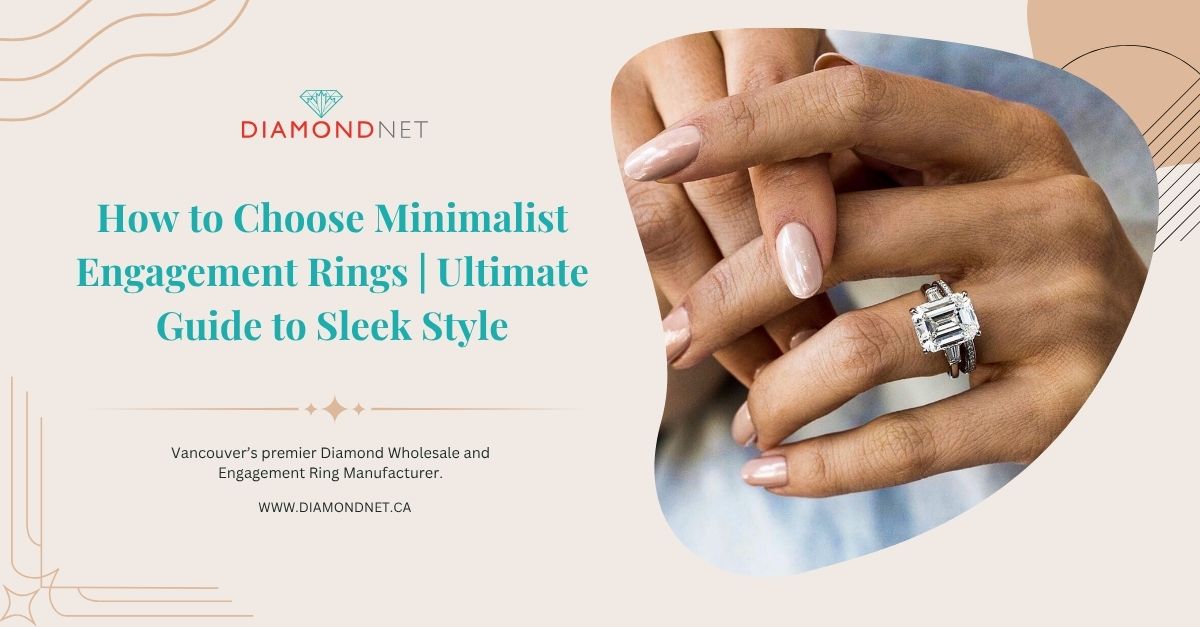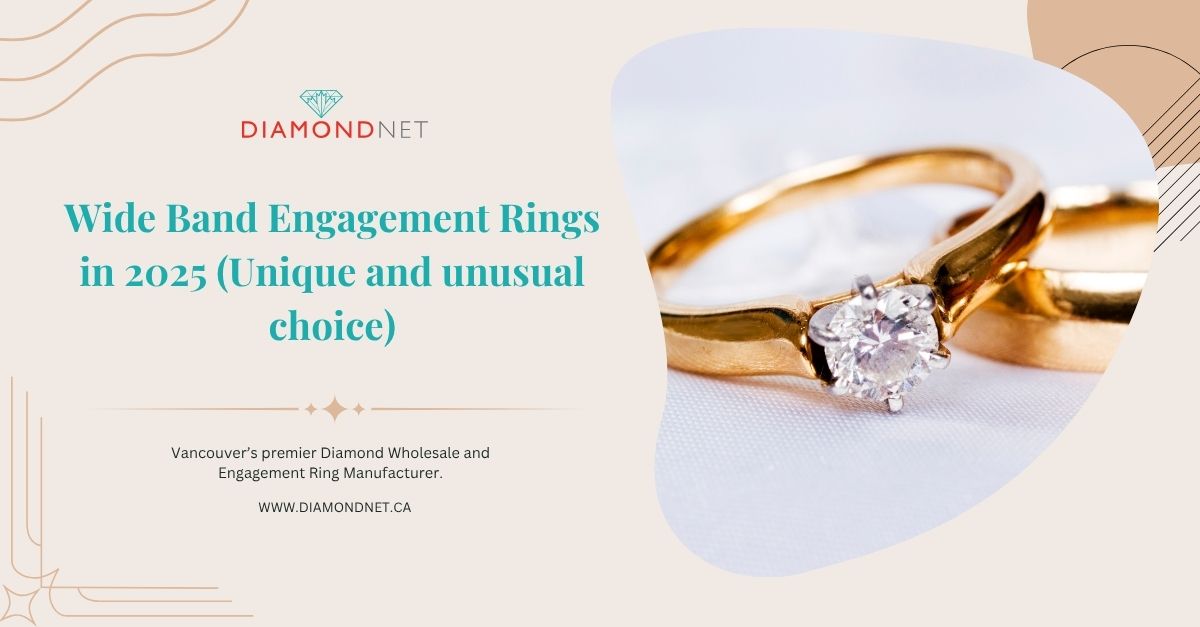Let’s say you are on an e-commerce diamond website. You search for 1ct G color VS2 with excellent cut. Now look at the price of the very first diamond on the search and then scroll down the search results. Ever wondered why there is a $2000 price difference between two seemingly similar diamonds? Both are certified by GIA. Typically, these websites list diamonds from hundreds of different vendors from around the world. So you could think that it’s simply a matter of better and worse pricing on the vendor side. No!
The reality is that there are significant quality differences even between two diamonds that seem so similar on paper. Let me give you an easy example:
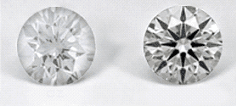
Related to this problem is that of fluorescence. While fluorescence in mid-color grade diamonds is mostly positive, there are also risks when it comes to fluorescence. On any price list these stones will be cheaper since fluorescence is considered a flaw (although it isn’t necessarily). Therefore they trade at lower prices. Look for fluorescence on the certificate and you will notice that the cheaper ones almost always have medium to very strong fluorescence. Again, this doesn’t automatically mean it’s a bad diamond. However, there are enough diamonds that are hazy and milky-looking. Unless you can verify that the diamond is clear and not milky you should not touch these without consultation.
Clarity, a Factor Before Buying Diamond Online
For every clarity grade we find a range that allows some better and some worse patterns of imperfections to fall into the same grade. That means a VS2 on one diamond can look much worse than the VS2 on another diamond. Some SI1 can even look better than some VS2. The location and characteristic of an inclusion make a huge difference.
Letters and numbers on a certificate alone can’t give you a full understanding of a diamond’s clarity. They can even be misleading. As the example below shows, SI1 can be a cleaner and better than VS2. Even when you examine the plotting on a diamond grading report you can still not know whether an inclusion is visible or not, black or white, on the surface or deep inside the stone. In order to fully appreciate the clarity of a diamond you have to look at it in person. And there you will see that some SI1s are cleaner than VS2s, cost less, and are better diamonds. Let me explain…
VS stands for VERY SLIGHTLY included. GIA defines that “Inclusions are minor and range from difficult to somewhat easy for a skilled grader to see under 10 x magnification”. The working definition for VS also says that inclusions are not visible to the naked eye. However, this is not always true, even for diamonds that have a certificate from GIA.
SI stands for SLIGHTLY INCLUDED. GIA defines that “Inclusions are noticeable to a skilled grader under 10 x magnifications”. Again, the working definition says that inclusions are hard to locate by the naked eye and easily visible under magnification.
The truth is, however, that these definitions don’t hold up to the reality of diamond clarity. In fact, an SI1 clarity diamond can be 100% eye-clean and even under magnification it can be difficult to locate the imperfections. And for quite a few VS2 clarity diamonds it is rather easy to see the black crystals through the loupe and even to the naked eye the diamond is not 100% clean.
Here you see an SI1 graded diamond that has no visible imperfections. The center of the diamond is completely free of any noticeable inclusions and the minor inclusions that exist on the outside of the stone are not visible to the naked eye. Below the SI1 you see a VS2 graded diamond. You would expect this diamond to be at least as clean if not cleaner than the SI1 above. The truth is, however, that the VS2 diamond has a black inclusion on the table that is visible to the naked eye. Both diamonds have GIA certificates. Which one would you spend your money on?
This diamond below is GIA graded as SI1
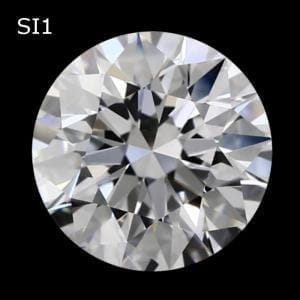
This diamond below is GIA graded as VS2
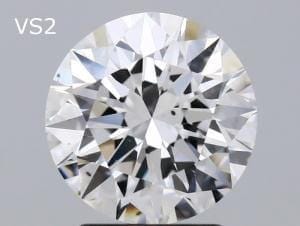
There are a number of more factors that make a significant difference in the quality and desirability of a diamond, such as measurements, proportions, light performance and so on. The point being, that as a non-expert you can easily miss important aspects of the diamond you think is a great deal because its priced so much cheaper than others. And I haven’t even touched upon diamond shapes other than round. That’s when it becomes really tricky and even more important to inspect the diamond in person.
Buying a Diamond Online Based on a Certificate?
A lot of my customers put great emphasis on the diamond grading report or certificate. I fully understand and appreciate that. With online-sales at an all-time high many people are buying simply based on a diamond certificate through one of the many e-commerce websites. But there are many mistakes that can be made. And you can easily end up with a lesser quality diamond than you thought. No matter how much research you commit to your diamond hunt you are about to make mistakes that cost you money and will get you an inferior diamond.
Buying online seems convenient but it entails multiple “dangers” for you to make costly mistakes. If you consider buying a diamond or engagement ring online and would like assistance please feel free to contact me.

